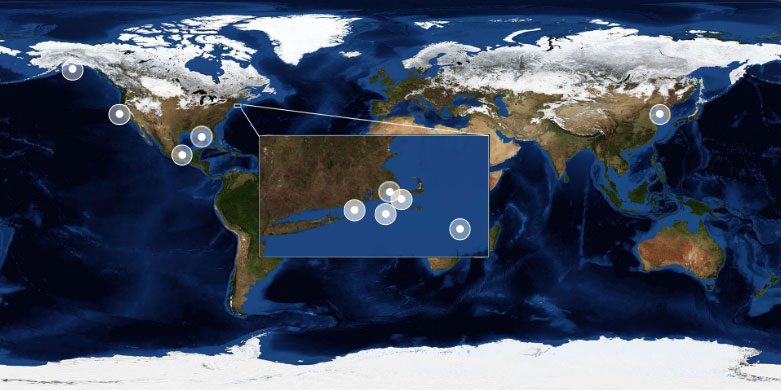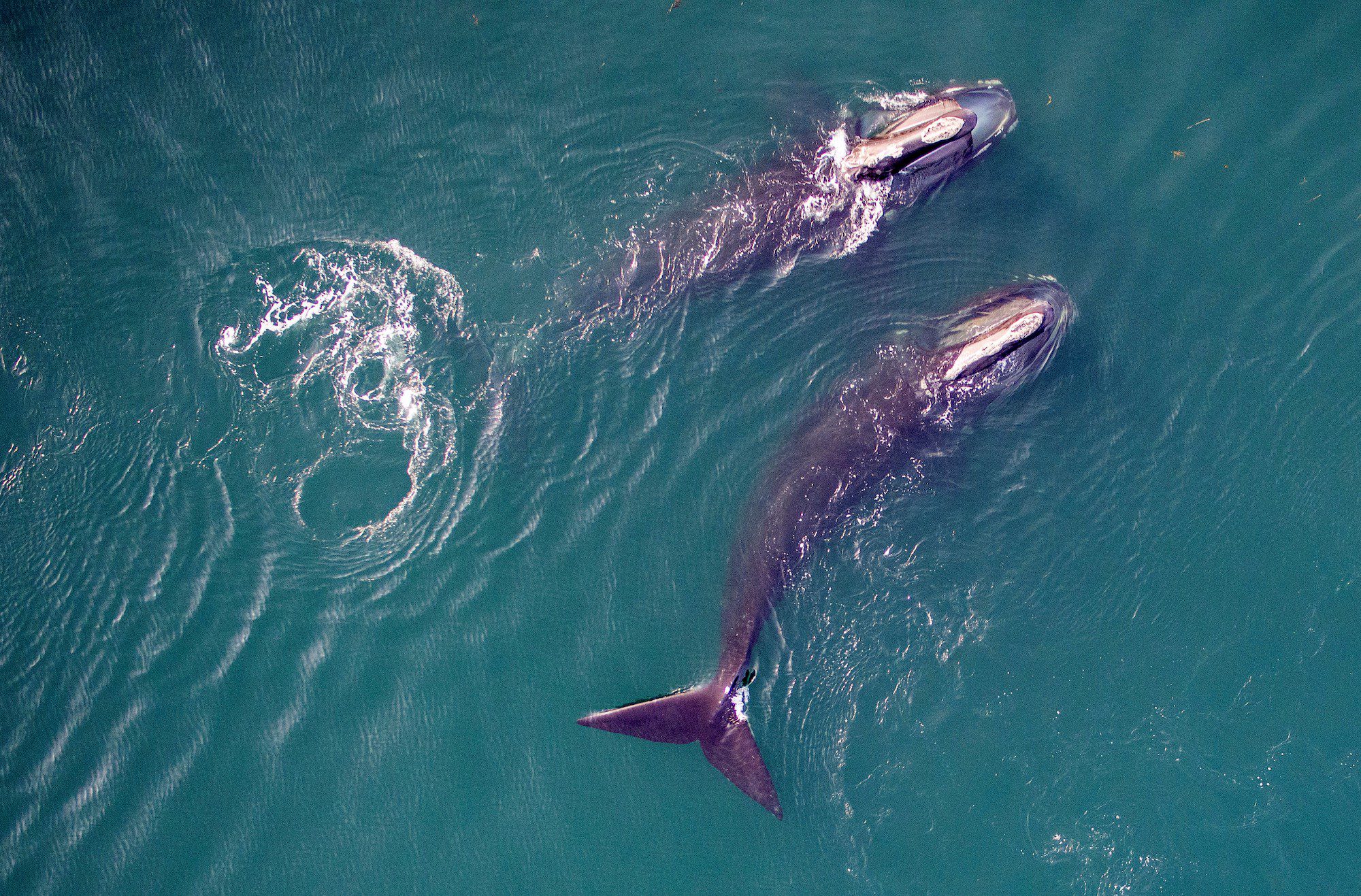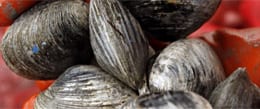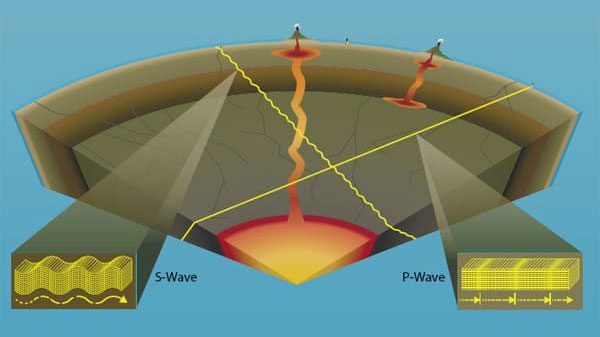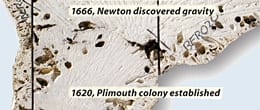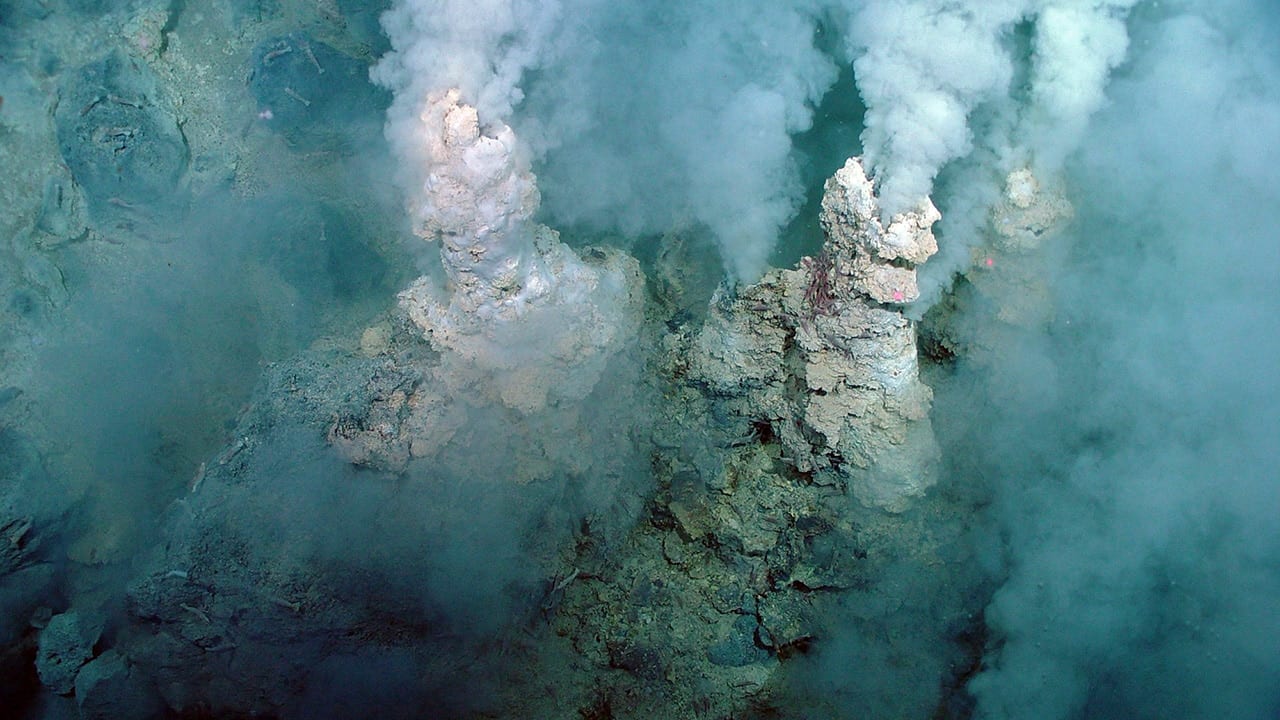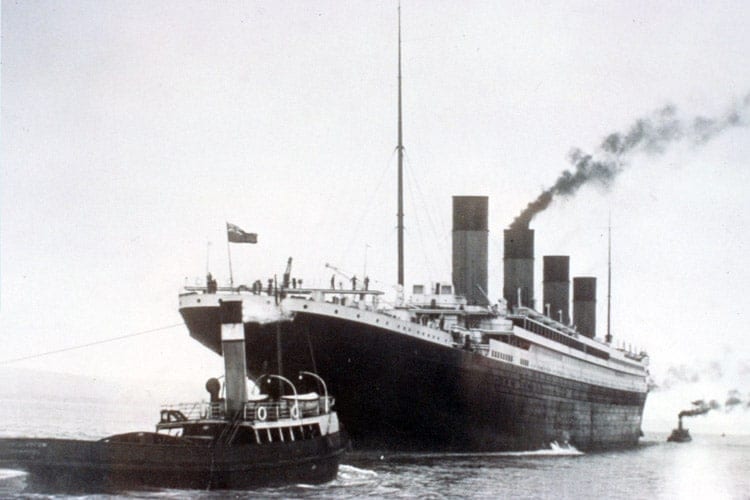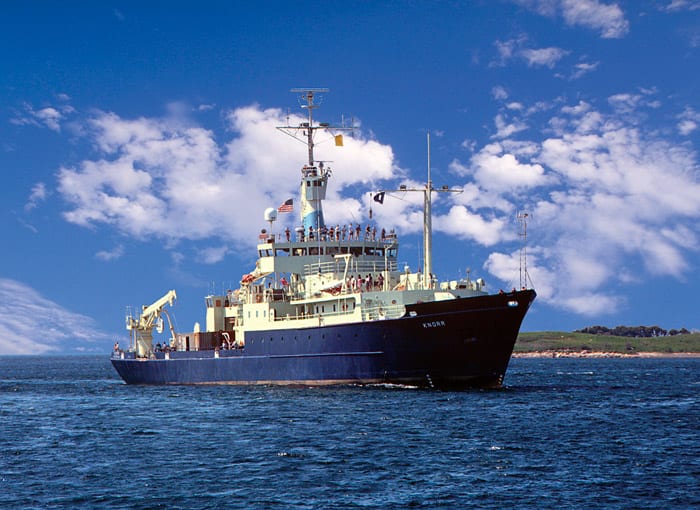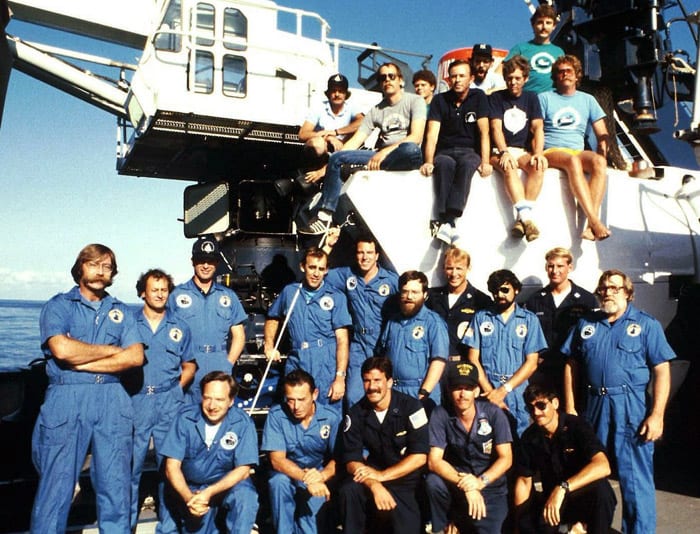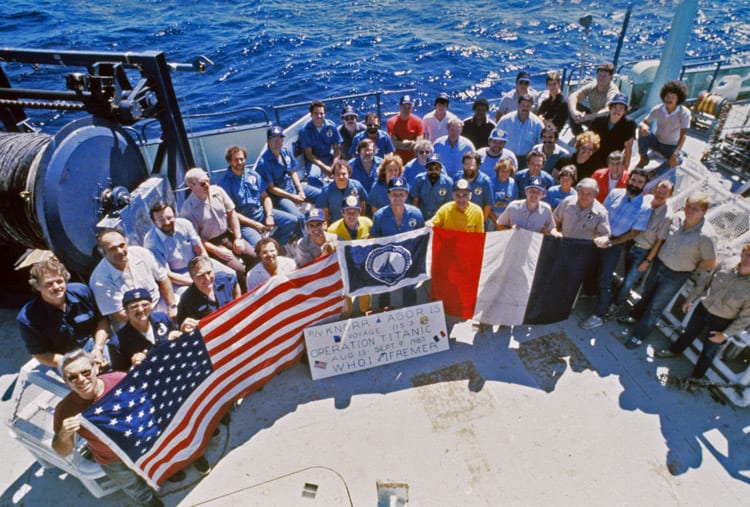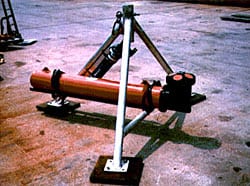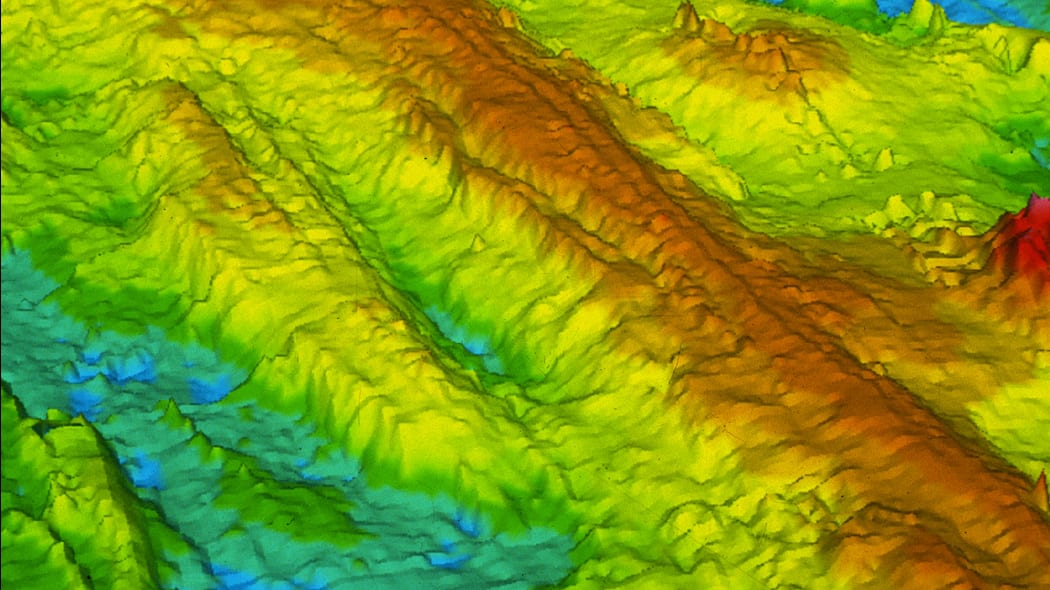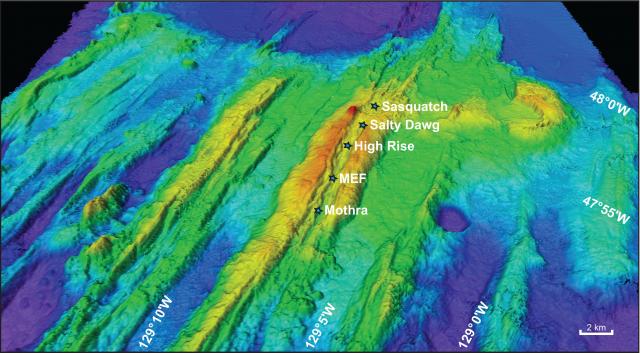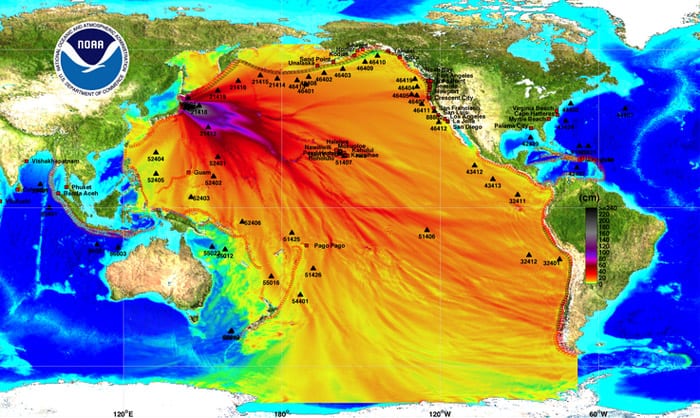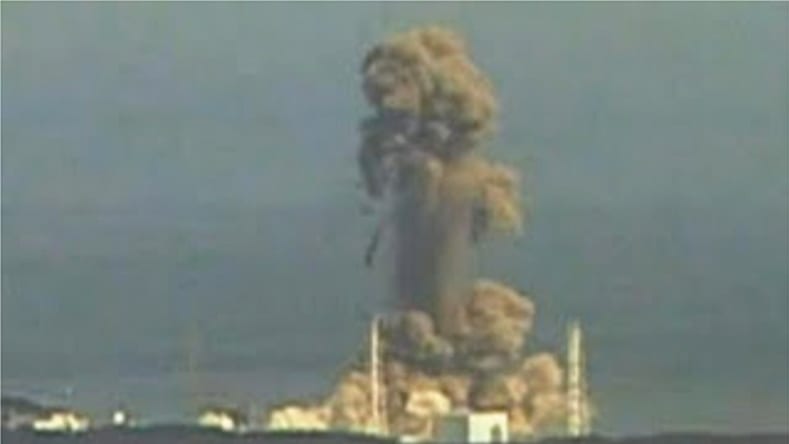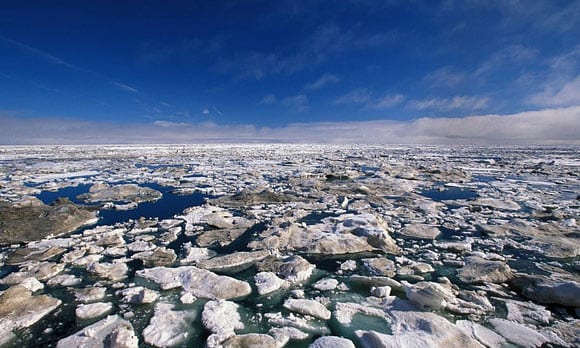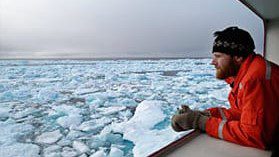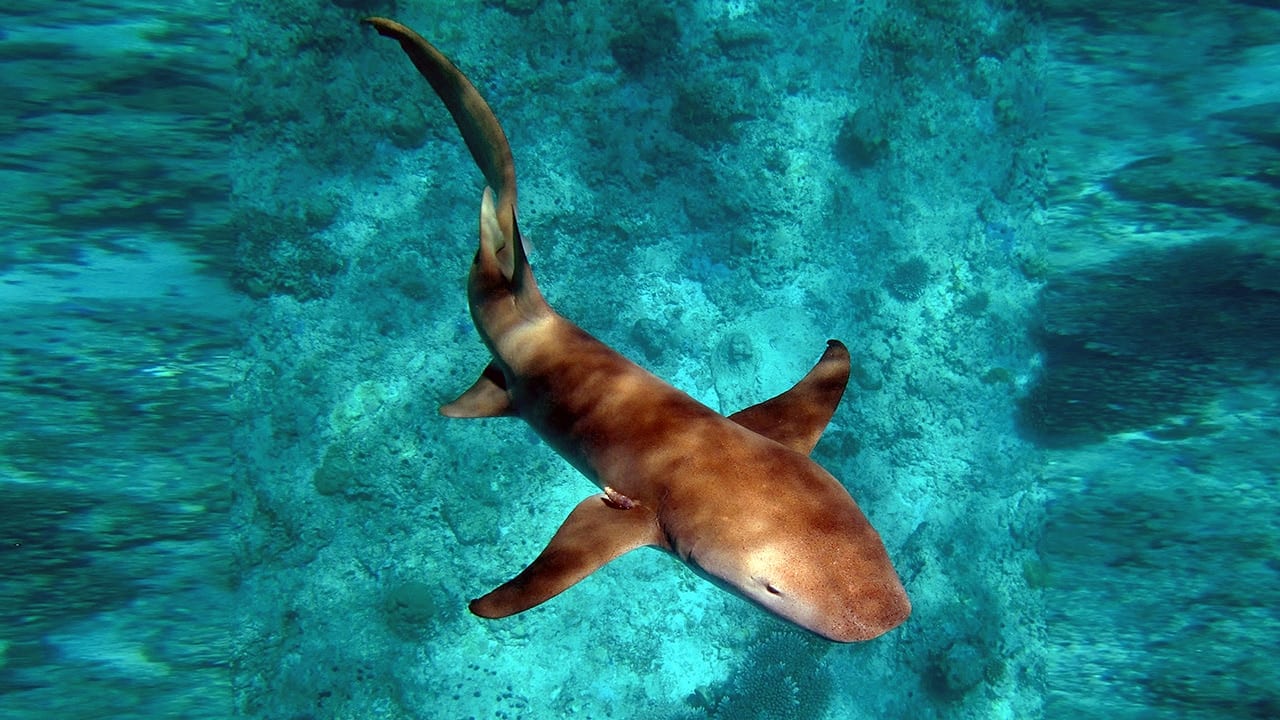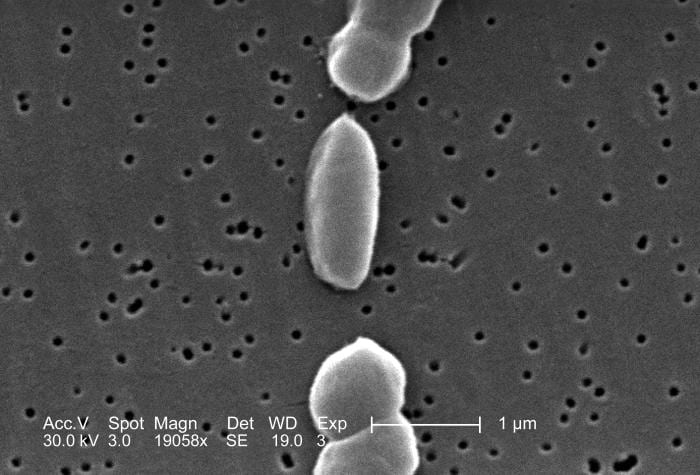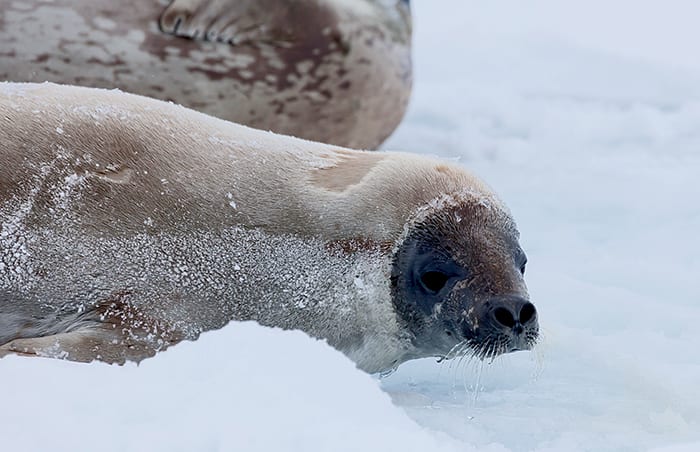Topic Feature
Previous Oils Spills
For more than 40 years, WHOI researchers have studied oil spills around the world and in many geographic settings.
Read MoreRight Whale FAQs
Watch What You Eat
Harmful Algal Blooms (HABs) can take a variety of forms, each with a distinct and disturbing impact on human health. Shellfish poisoning Most shellfish filter seawater for food. As…
Read MoreEarthquakes and Seismic Waves
When an earthquake occurs, rocks at a fault line slip or break, and two sections of Earth’s crust physically move relative to one another. That movement releases energy, and two…
Read MoreDating Corals, Knowing the Ocean
Coral is a useful tool for scientists who want to understand changes in past climate, but recalling that history presents its own set of challenges.
Read MoreFAQs
What is deep-sea mining? Deep-sea mining is the proposed extraction of metallic and non-metallic mineral resources from the ocean floor at water depths greater than 200 meters (650 feet). Shallow-water…
Read MoreWho Regulates Seafloor Mining?
The rules that govern mining on most of the world’s seabed are no ordinary rules. They got their start back in the 1970s and 1980s, when it looked as if…
Read MoreHistory of RMS Titanic
The Royal Mail Ship (RMS) Titanic was designed to be one of the greatest achievements of an era of prosperity, confidence, and propriety known as the Gilded Age.
Read MoreShips & Technology used during the Titanic Expeditions
The wreck of Titanic was located in 1985 by the Woods Hole Oceanographic Institution’s new imaging vehicle Argo on its first deep-sea cruise, towed from the Research Vessel Knorr.
Read More1986 Return to the RMS Titanic
In July 1986, nine months after their discovery of the wreck of RMS Titanic, the Deep Submergence Laboratory (DSL) team at the Woods Hole Oceanographic Institution (WHOI) returned to the wreck site.
Read More1985 Discovery of RMS Titanic
The discovery of the Titanic on September 1, 1985, is a tale of two research centers—Woods Hole Oceanographic Institution U.S.A., and French National Institute of Oceanography, France.
Read MoreSonar Single Beam
Echo sounding uses sound waves bounced off the ocean bottom to calculate depth. The faster the sound waves return, the smaller the water depths and the higher the elevation of the seafloor.
Read MoreAcoustic Doppler Current Profiler (ADCP)
What is it and why do we use it? An Acoustic Doppler Current Profiler, or Acoustic Doppler Profiler, is often referred to with the acronym ADCP. Scientists use the instrument…
Read MoreExplore a Mid-Ocean Ridge Valley
Mouseover features to take a visual tour
Read MoreGodzilla, Sasquatch, & Homer Simpson
Many deep-sea features are named for their distinct shapes and formidable sizes. Other features are named for research vessels, and others to honor pioneering scientists.
Read MoreFAQ: Japan Earthquake and Tsunami
Frequently Asked Questions What caused the earthquake? The magnitude 9.0 earthquake that occurred 80 miles east of the island of Honshu, Japan, on March 11, 2011 was the result of…
Read MoreFukushima and the Ocean
Oceanus Magazine Volume 50, No. 1, Spring 2013 A special, bi-lingual issue of Oceanus Magazine that explores the causes and impacts of the release of radiation from the Fukushima Dai-ichi…
Read MoreFAQs: Radiation from Fukushima
On March 11, 2011, a magnitude 9.0 earthquake—one of the largest ever recorded—occurred 80 miles off the coast of Japan. The earthquake created a series of tsunamis, the largest estimated…
Read MoreSea Ice Glossary
Mariners have adopted a number of different names for icebergs and pack ice. The following glossary of ice terms is from Bowditch’s Glossary of Marine Navigation.
Read MoreThe Many Forms and Shapes of Ice
Ice comes in many forms and shapes. Icebergs can be as big as a house, while newly formed sea ice can be thin and rubbery like a piece of pizza dough.
Read MoreWho Regulates Seafloor Mining?
The rules that govern mining got their start back in the 1970s and 1980s, when it looked as if there were untold riches in manganese nodules scattered across the ocean floor.
Read MoreShark Facts
What are sharks? Sharks are elasmobranchs, a group of animals that includes rays and skates, whose members have a skeleton made of cartilage, rather than bone, and, unlike most other…
Read MoreVibrio parahaemolyticus
(Adapted from the Centers for Disease Control and Prevention) Vibrio parahaemolyticus (V. parahaemolyticus or Vibrio p.) is a bacterium in the same family as those that cause cholera and causes…
Read MoreSeal Facts
Seals are pinnipeds, a group of animals with three separate families—phocidae, otaridae, and odobenidae—that are the only mammals that feed in the water and breed on land.
Read More
